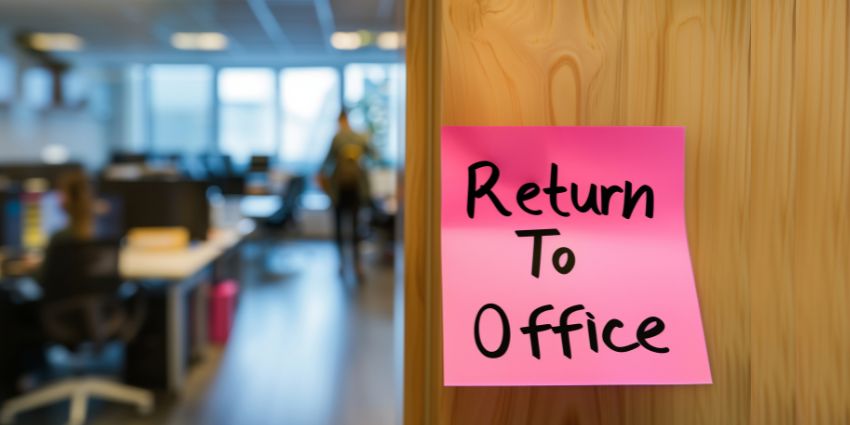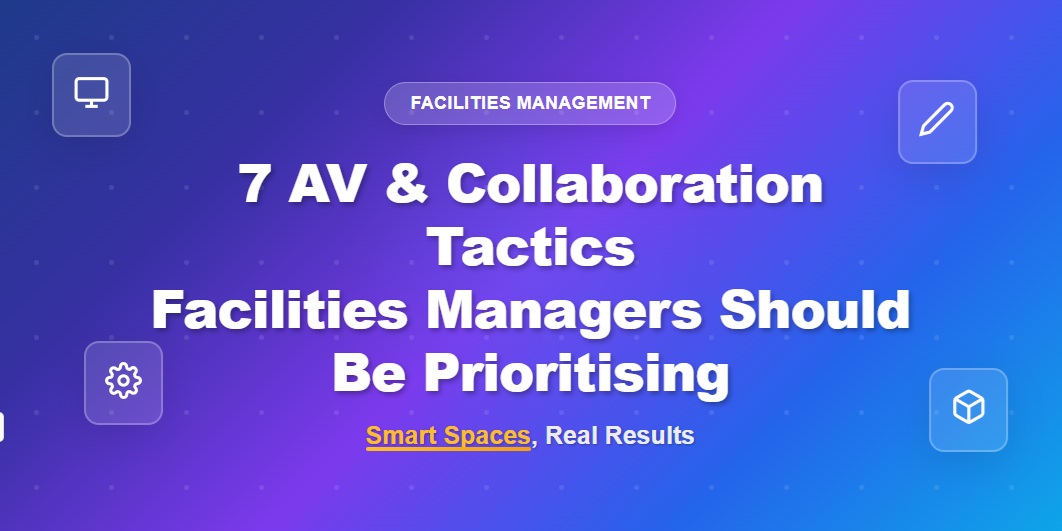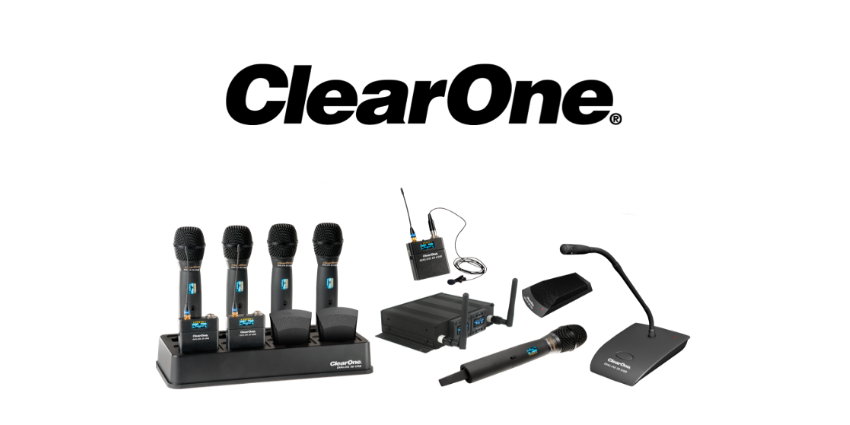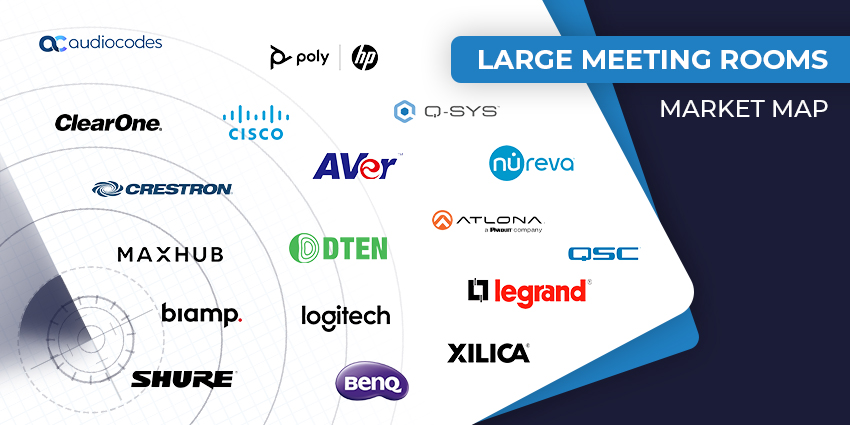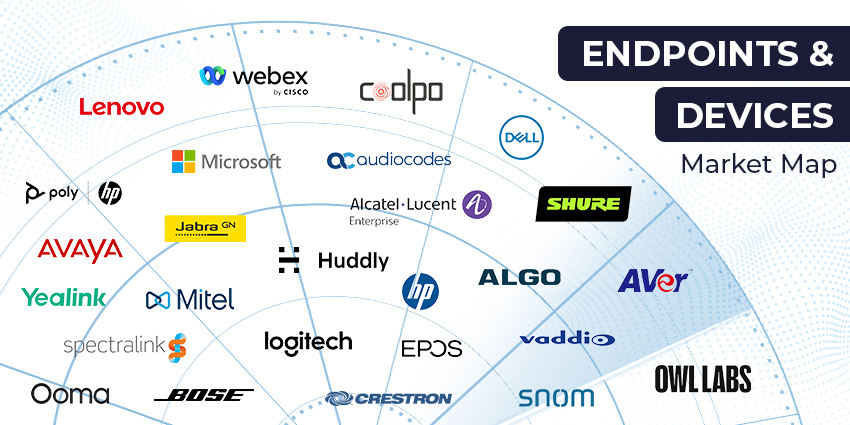Alcatel-Lucent Enterprise believes that in this age of digital transformation, your customers expect quality interaction, impeccable service, and a fast response from your teams. That means you need to provide the most efficient business phones available. I spoke to Herve Obert, Product Line Manager at Alcatel-Lucent Enterprise, to learn more about what Alcatel-Lucent Enterprise is doing to enable businesses to respond faster and drive efficiencies from a telephone.
I was excited to hear about how Alcatel-Lucent Enterprise’s is changing businesses through their Rainbow platform and associated technology. However, some of the user stories that Herve told me really showcased this tech in a different light – and one unique to Alcatel-Lucent Enterprise.
Making phones intelligent

I started by asking Herve to tell me a little about how Alcatel-Lucent Enterprise were using artificial intelligence and other emerging technologies to change the way we view and use a telephone. Herve told me about one automation capability.
“Now you can control a phone or a room device with your voice. For businesses, you can start a call or a conference. Furthermore, with Rainbow integration, you can speak with someone in another language and see a translated transcription of what the other parties are saying.
We use a speech to text algorithm to translate your voice to an instant message protocol and translate into your chosen language.”
Rainbow supports this translation feature in 100 different languages and Herve told me about some real world examples where Alcatel-Lucent Enterprise is using this functionality. “When travellers experience an emergency and need to dial emergency services, when you are really worried and in tears, it’s really difficult to worry about speaking in another language”.
Another case was the conversation we were having during the interview. I am native English and Herve is native French. When I go to type up the interview, rather than relying on my dodgy French, I could utilise the translated transcription after the event.
Driving innovation
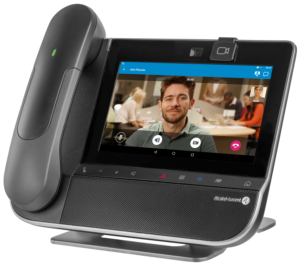
I asked Herve if customers he spoke to still viewed a telephone as a telephone or whether they were demanding features like these at Alcatel-Enterprise is rolling out. He categorised customers into two personas.
“It depends how you define a customer. B2B customers or our customer’s customer. Taking the healthcare example, we have a big project in Japan. We are using the 8088 Smart DeskPhone; our leading touch screen video model, in the nursing homes and out of city areas in Japan. First of all, elderly people can use the handsets for standard audio calls. We then introduce video calling to enhance the experience.
We go one step further with our Smart Cities solution. If there has been an earthquake or flood, you can send a broadcast alert to the handset to check if someone is injured. By using the touchscreen, the user can say they are fine or need any assistance”.
Rather than calling every user, governments now only need to spend time calling the users that have not responded to the broadcast message or to users that have confirmed they have been injured.
Herve also gave me the example of waste disposal. In rural areas, it costs thousands of pounds to send lorries to collect waste. By using the 8088 Smart DeskPhone and the Rainbow platform, governments and councils can send a message to the user in the rural area to ask if they actually need their waste collected.
Herve emphasised that these user stories are things that the customers have been doing themselves. Alcatel-Lucent Enterprise has enabled these possibilities through their APIs and smart solutions. Ultimately, they have made a phone intelligent.
Future of intelligent phones
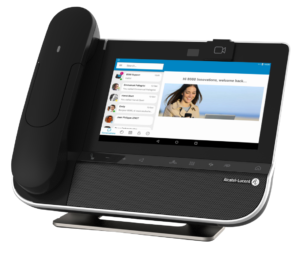
Noting the Bluetooth capability on the 8088 handsets, I asked what else you could do with the 8088 Smart DeskPhone and Rainbow platform.
“We have a lot of requests from existing customers about future innovations. There are not always things we need to do but things customers can do by using the back end technology. Things like connecting to a smart watch or connecting elderly people to nurses and healthcare people. This can all be enabled by integrating with government and healthcare systems”.
Herve also told me about voice recognition and artificial intelligence that is using auto-answer for bed-bound users. Users can answer the call with the voice – meaning they no longer need to leave their bed. There is also the option where you can whitelist specific numbers like family members or healthcare professionals so that every call is answered and the user only has to listen in.
This really is making a phone intelligent. Whilst the concept of auto-answer has been around for tens of years, backing this functionality up with voice recognition can truly transform people’s lives.
A different perspective on technology
It was clear that Herve was passionate about the benefits this technology is bringing the end user. His job has evolved from designing quality phones to designing quality phones that solve pain points in industries that make a difference.
“I imagine myself in a bed in hospital or on holiday with an issue. I envisage what I want or need from this experience, not just from this phone. I talk a lot with my grandparents who are not used to this kind of technology. In Japan, where they are using this today, they are more advanced. 35% of the population in Japan is over 65 so we can leverage their experience and knowledge to template what the offering could look like for the rest of Europe.”
“By working on these projects, it’s like I have a big toolbox combining the 8088 Smart DeskPhone and the Rainbow platform that I can use to fix real-life problems, as well as empowering business for digital transformation”
To learn more about Alcatel-Lucent Enterprise’s intelligent business phone offering, you can find their e-Catalog here.

